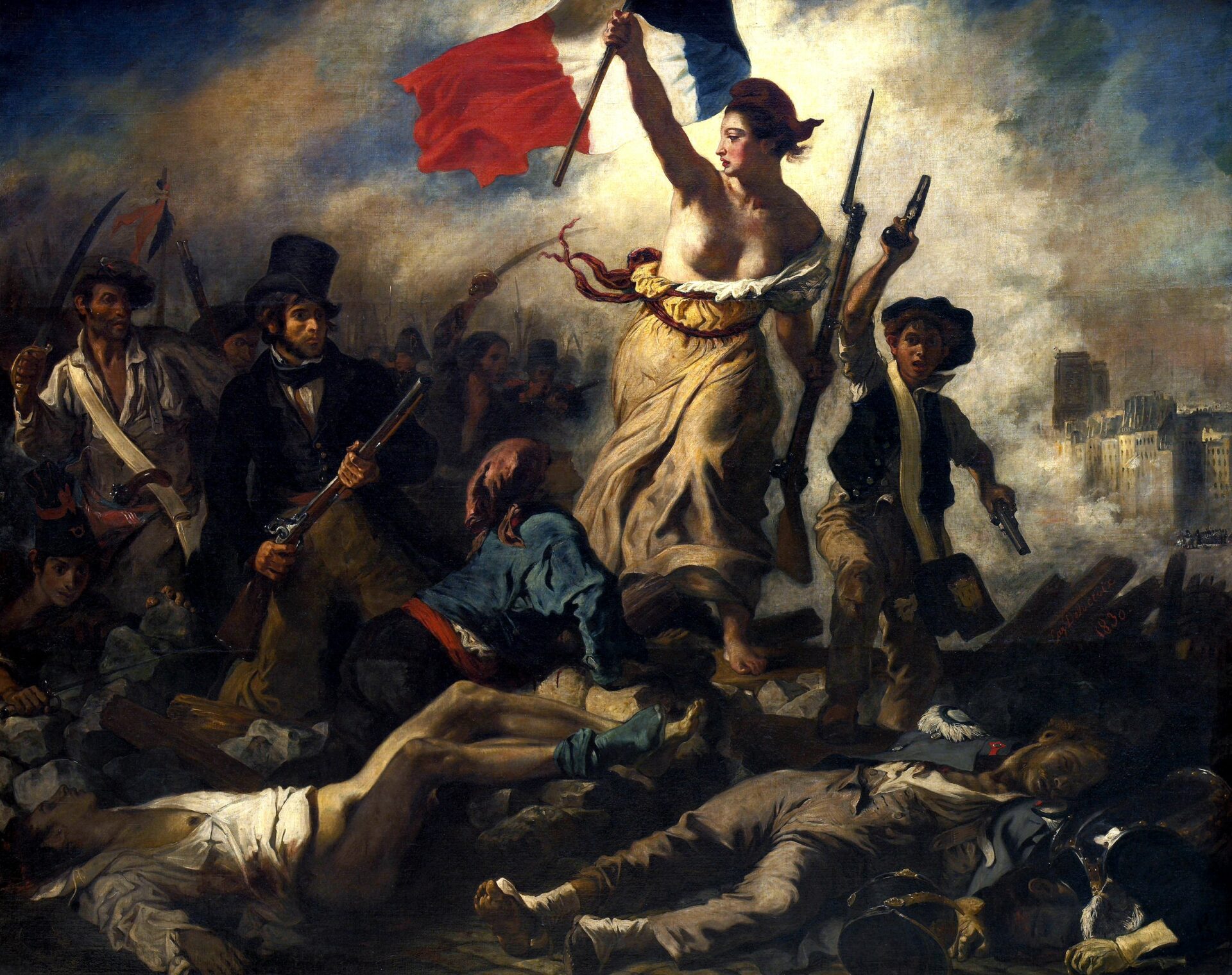The ambiguities of Louis XVIII’s policies were most evident in the constitutional charter that he issued in 1814.
Some sections sounded like the absolute monarchy of Louis XIV; for example, the preamble asserted the royal prerogative: “The authority in France resides in the person of the king.” But the charter also granted a measure of constitutional monarchy.
There was a legislature, composed of a Chamber of Peers, appointed by the king, and a Chamber of Deputies, elected on a very restricted suffrage that allowed fewer than 100,000 of France’s 30 million the right to vote. The charter stated, and the Chambers had no formal right to confirm the king’s choices as ministers.
Yet since Louis tended to select ministers acceptable to majority opinion in the legislature, this was a kind of functional compromise with parliamentary government. Furthermore, the charter guaranteed religious toleration, a measure of freedom for the press, equality before the law, and equal eligibility to civil and military office. It also accepted the Code Napoleon and, still more important, the revolutionary property settlement.
The charter, however, greatly irritated the ultra royalists or “Ultras,” the noble and clerical emigres who had returned to France after their revolutionary exile. They were determined to recover both the privileges and the property they had lost during the Revolution. When the election of 1815 gave the Ultras control of the Chamber of Deputies, they proposed to set up special courts to deal with suspected revolutionaries. At the insistence of the allies, Louis XVIII dismissed the Chamber and held a new election, which returned a more moderate majority.
Events, however, soon strengthened the Ultras’ hand. Antirevolutionary fears swept France after the Spanish uprising of 1820. The Ultras won control of the Chamber of Deputies, reimposed censorship of the press, and put through a law giving extra weight to the votes of the wealthiest 25 percent of the already very restricted electorate. In 1821 French education was placed under the direction of the Roman Catholic bishops.
The tempo of the reaction quickened when Louis died, and his brother, the Ultra leader, became King
Charles X (r. 1824-1830). Charles greatly extended the influence of the church by encouraging the activities of the Jesuits, who were still legally banned from France; and he sponsored a law compensating the emigres for their confiscated property. The measure could be defended as a sensible political move, but it was widely, if inaccurately, believed that a concurrent reduction of the annual interest on government obligations from 5 to 3 percent was intended to defray the cost of the annuities. Many influential Parisian bondholders were infuriated by the move.
After a brief attempt to conciliate the liberals, Charles X appointed as his chief minister the ultra royal
ist prince de Polignac. Polignac hoped to bolster Charles’s waning prestige by scoring a resounding naval victory. He attacked the Bey of Algiers, a largely independent vassal of the Ottoman emperor, who was notorious for his collusion with the Barbary pirates; the capture of Algiers (July 5, 1830) laid the foundation of the French empire in North Africa.
On July 25, 1830, without securing the legislature’s approval, Charles and Polignac issued the Four Ordinances, muzzling the press, dissolving the newly elected Chamber, ordering a new election, and introducing new voting qualifications that would have disenfranchised the bourgeois who were the mainstay of the opposition. The king and his chief minister believed that public opinion, mollified by the recent victory at Algiers, would accept these measures calmly. They miscalculated utterly.
Aroused by the protests of liberal journalists, encouraged by the hot summer weather, and impatient from a three-year economic recession, the Parisians initiated a riot that became a revolution. During les trois glorieuses (the three glorious days of July 27, 28, and 29) they threw up barricades, captured the Paris city hall, and hoisted the tricolor atop Notre Dame cathedral. Charles X abdicated in favor of his grandson and sailed to exile in England.
The revolutionary rank and file in 1830 came mainly from the lower bourgeoisie and the skilled workers. Their leadership came from the parliamentary opponents of Charles X and from cautious young liberals like Adolphe Thiers (1797-1877) and Francois Guizot (17871874). Thiers edited the opposition paper Le National; he had also written a history of the great revolution to show that it had not been all bloodshed but had also had a peaceful and constructive side. Guizot, too, had written history, a survey of civilization focused on the rise of the bourgeoisie.
The revolutionaries of 1830, like those of 1789, were not agreed on the kind of regime they wanted. A minority would have liked a democratic republic with universal suffrage. But many others, who identified a republic with the Terror, wanted a constitutional monarchy with a suffrage restricted to the wealthy. The moderate leaders were ready with a candidate for the throne— Louis Philippe, the duke of Orleans.
Louis Philippe (r. 1830-1848) had fought in the revolutionary army, then had emigrated in 1793 before the worst of the Terror. He claimed to have little use for the pomp of royalty, and he dressed and acted like a sober and well-to-do businessman. However, he accepted the crown at the invitation of the Chamber.
The Chamber revised the Charter of 1814 and called Louis Philippe, not “King of the France” but “King of the French.” It also substituted the red, white, and blue revolutionary tricolor for the white flag of the Bourbons. The July Monarchy, as the new regime was termed, left France far short of realizing the democratic potential of liberty, equality, and fraternity.

